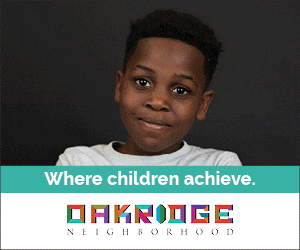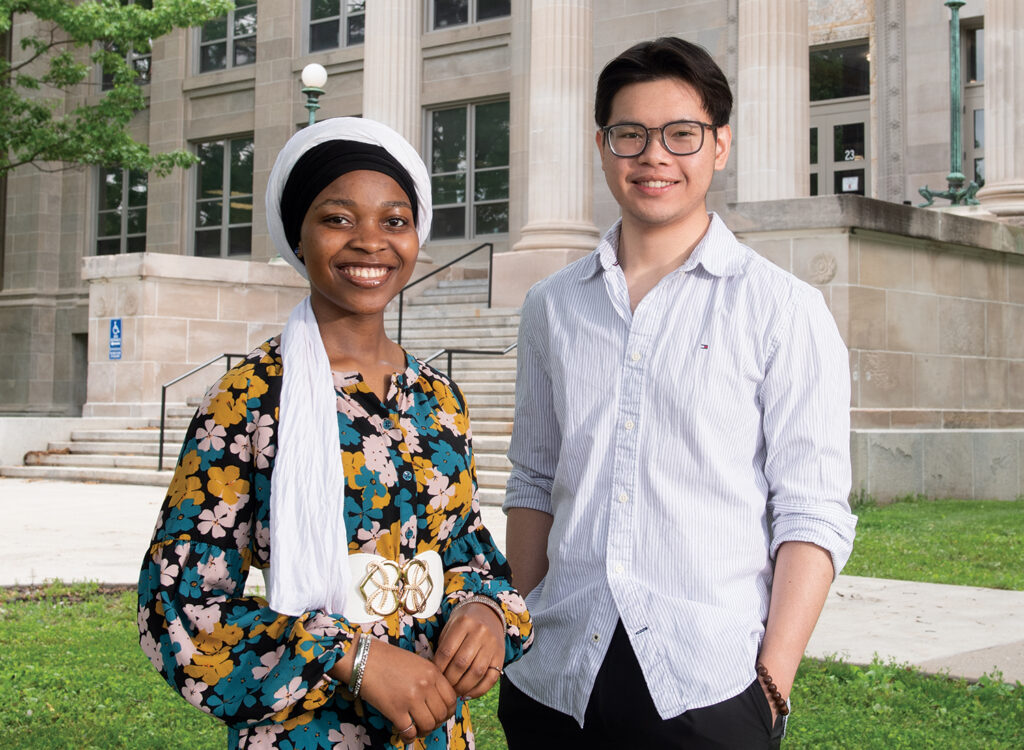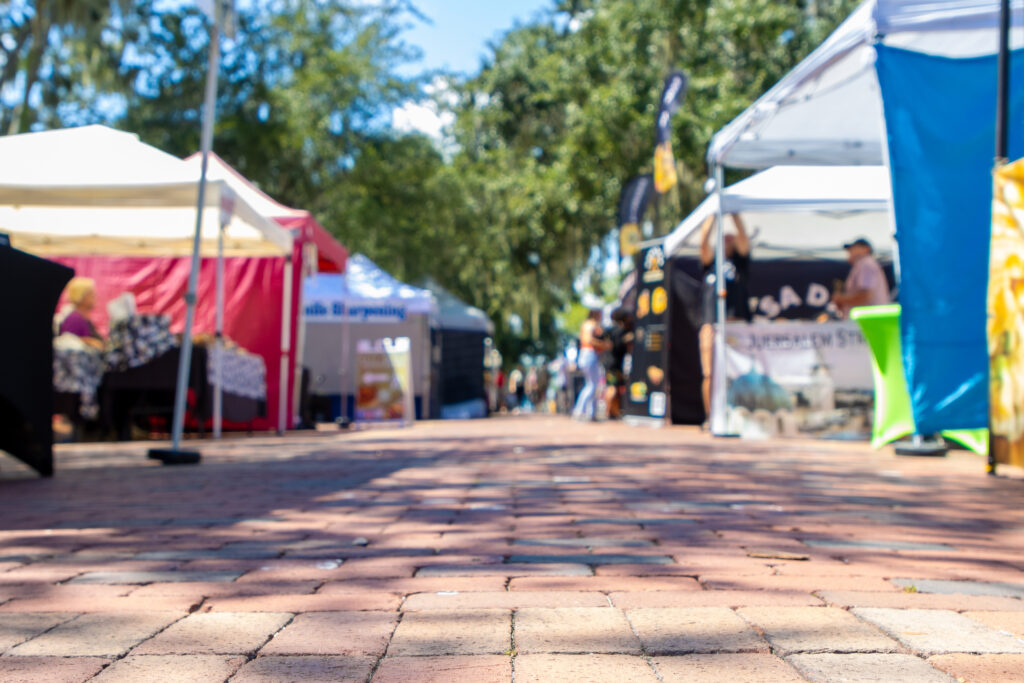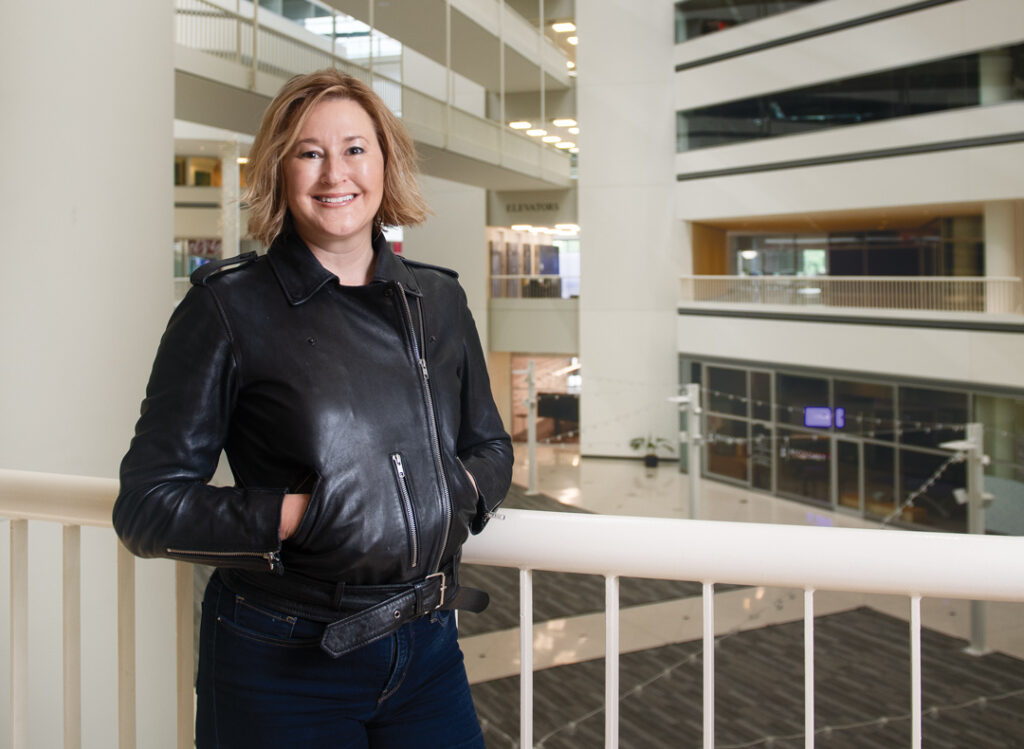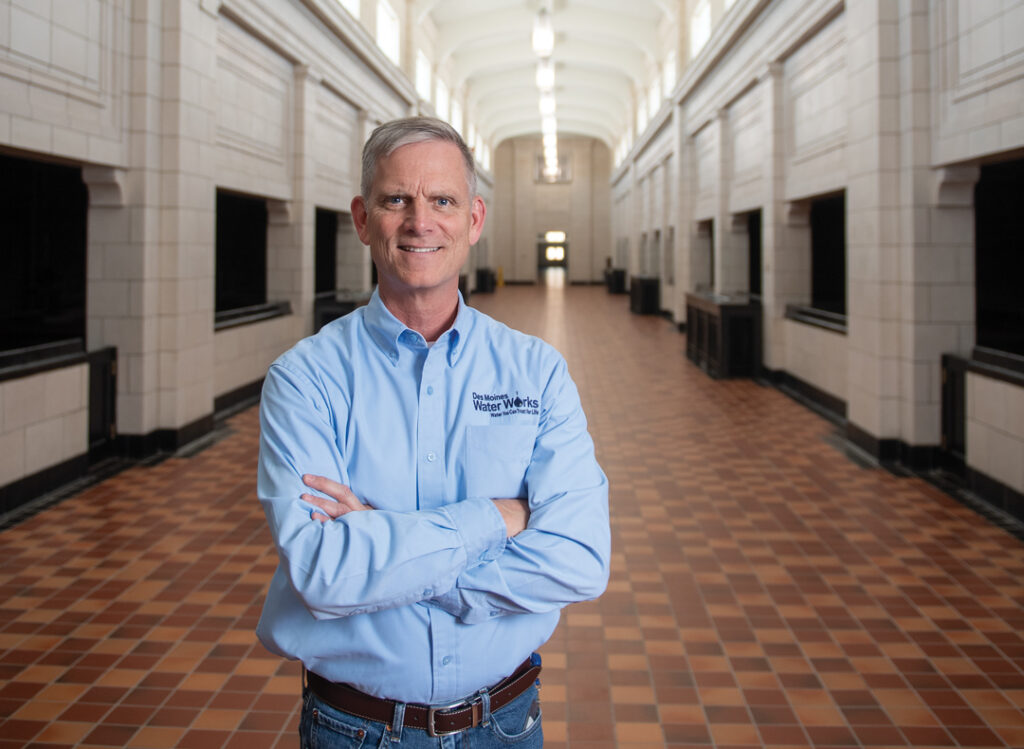Pandemic’s pinch
Nonprofits, fundraisers buckle in for long-term recovery as COVID-19 creates challenges not seen before

MICHAEL CRUMB May 28, 2020 | 8:36 am
6 min read time
1,384 wordsArts and Culture, Business Record Insider
Nonprofits across Central Iowa are experiencing challenges unlike anything they’ve seen before as a result of the coronavirus pandemic, forcing them to change how they deliver services and look for different ways of fundraising.
“I think it’s also going to challenge the sector to really rethink how we deliver services, and who delivers those services, so is this an opportunity for alignment at higher levels of collaboration and partnership mergers,” said Teree Caldwell-Johnson, CEO of Oakridge Neighborhood, which provides preschool and after-school programs, workforce readiness programs, and financial literacy education, effective parenting and other programs for adults. “I think all of that is on the table because I think for some organizations, recovery is going to be much more challenging than for others.”
While there are challenges facing nonprofits, the generosity of the community has allowed some initiatives, such as the Central Iowa Water Trails project and the Lauridsen Skatepark in downtown Des Moines, to move forward.
While organizers of the Central Iowa Water Trails project will reevaluate the campaign to raise funds, the project is proceeding on a delayed time frame. Construction on the skatepark, which had already reached its $6.3 million fundraising goal, resumed April 1, and is on track for completion this fall.
“Des Moines is such a giving community, and that’s kind of the legacy of the community, and an amazing part of who we are,” said Leslie Garman, development director for DMARC, which provides food, housing and utility assistance, and advocates for policies to reduce food insecurity.
Nonprofits feeling pandemic’s pinch
While some initiatives have moved forward amid the challenges, many nonprofits are struggling.
Tray Wade, president and CEO of EveryStep, the Des Moines-based group that provides home care, grief and loss, hospice, community health and wellness and interpretation services, said the pandemic has had a “profound impact on our foundation.”
EveryStep usually has five big fundraising events each year, and so far two have been canceled, and they’re looking at whether other events can be held, and if so what they would look like, Wade said.
“We’re looking at what will be the impact if we’re not able to do that if people are social distancing,” he said.
EveryStep has also taken a hit in its capital campaign and its annual mailing fundraiser.
“We have not seen near the response that we normally would, and we understand that people have their thoughts on other things, they may have a change in circumstances in their ability to give due to the pandemic, but certainly giving via donations that we would normally receive are down significantly,” Wade said.
He said projections are that EveryStep will be down about $250,000, or about 25% of what it receives from the community each year.
So far no programming has been affected and no staff has had to be furloughed, but looking at the long-term effect if fundraising declines, some programming may have to be scaled back, Wade said.
Kristi Knous, president of the Community Foundation of Greater Des Moines, said while people have rallied around those in need, the future of the nonprofit sector remains cloudy as the state and the country continue to work through the pandemic.
“Until we know if there is a vaccine or how this will ebb and flow with the seasons, we won’t have an answer,” Knous said. “But what I do know is … there are nonprofits that won’t survive this. How, then, do we compassionately come around those groups and assist with merger and strategic realignment? How can we ensure that those clients will be served by another organization?”
Sara Bonney, chief marketing officer for the foundation, said that while some questions remain unanswered, she is “impressed by the generosity of the community.”
“Seeing it play out, it’s impacting everyone across our state,” Bonney said. “The innovation that is taking place in the nonprofit sector is amazing. People have responded and as we continue for the marathon ahead, it’s been heartwarming to see people step up and continue to serve.”
It’s innovation that is helping nonprofits manage the crisis, Garman said.
Adjusting how it distributes food to reduce human contact, such as transitioning its mobile food pantry, where clients have to walk through, to a walk-up tent, is just one example of how things have changed for DMARC’s clients, Garman said. And clients went from selecting their own items to receiving items already boxed up.
“We’ve created the social distancing … and it’s really become an important part because more people are going to our mobiles than before,” Garman said.
DMARC is one organization that has continued to see strong support throughout the pandemic, Garman said, in part because of the support from its five different faith communities.
“Individually, support has dramatically increased recently because people want to help,” Garman said.
She said she’s also heard from people wanting to share their federal government stimulus check to help those who are in greater need.
Character will make the difference
Steve Zumbach, who is a co-chair of the $135 million Central Iowa Water Trails project campaign and honorary chair of the $1.5 billion Iowa State University Forever Campaign, said the character of Iowans will cause them to step up when needed.
“People will rise to the occasion if they’re people of character,” Zumbach said. “For the good fortune of Central Iowa, our state and our entire country, we have people of character who will rise and bring the best out of themselves in times of crisis.”
Zumbach said the primary differences between people contributing to larger capital campaigns and the smaller nonprofits is in the numbers.
“It’s harder [for smaller nonprofits] because there’s many of them,” he said. “They have smaller staff, it’s more challenging for them, and they will clearly have the harder job, but I’m reasonably confident that all those causes, if they’re effective, and if they’re delivering outcomes, they will be able to raise that money. Will they be able to raise enough? That might be difficult.”
Zumbach said the pandemic is causing the water trails leaders to “take a step back and move the timeline back on the project to help us address the fundraising efforts during this period.”
That, he said, will be communicated to donors, telling them there isn’t immediate pressure to give but instead letting them know it’s a long-term objective.
Zumbach said the current climate surrounding the COVID-19 pandemic is unlike any he’s seen in his 50 years in charitable giving, from the farm crisis of 1983 to the dot-com bubble in 2000 and the Great Recession of 2008.
“While today is serious and we certainly do not know the ultimate outcome, when I think of all the ranges of what it could be, this one is more unpredictable than any of those,” Zumbach said. “There’s both an economic factor and a health disease factor operating simultaneously. Both have variables and both are difficult to predict, and as a result this one is more challenging to analyze what’s going to happen and how to respond.”
Caldwell-Johnson said the personal nature of the pandemic makes the current crisis worse than the 2008 recession.
“[The recession] affected a lot of things that sort of on the periphery impacted individuals,
various sectors, and certainly our communities,” Caldwell-Johnson said. “But the pandemic has had an even greater impact across all populations.”
She compared it to a natural disaster that required an immediate response, “in order for people to just basically function.”
“There’s not an individual, there’s not a community, there’s not a neighborhood that has not been impacted by the pandemic in a real on-the-ground, in-your-face sort of way,” Caldwell-Johnson said.
Caldwell-Johnson, whose organization has managed the pandemic so far with little disruption, said she believes the recovery will be long and that the nonprofit sector will be the last to recover. But when it does, she said, it will be an opportunity for a “shining moment as a community.”
“It has challenged us to really rethink our overall service delivery model in a way that allows us to marry traditional ways of service with virtual ways of service that hit that sweet spot to not only achieve efficiencies in what we do, but to continue to meet the demands that our clients expect and are requesting of us,” she said.

